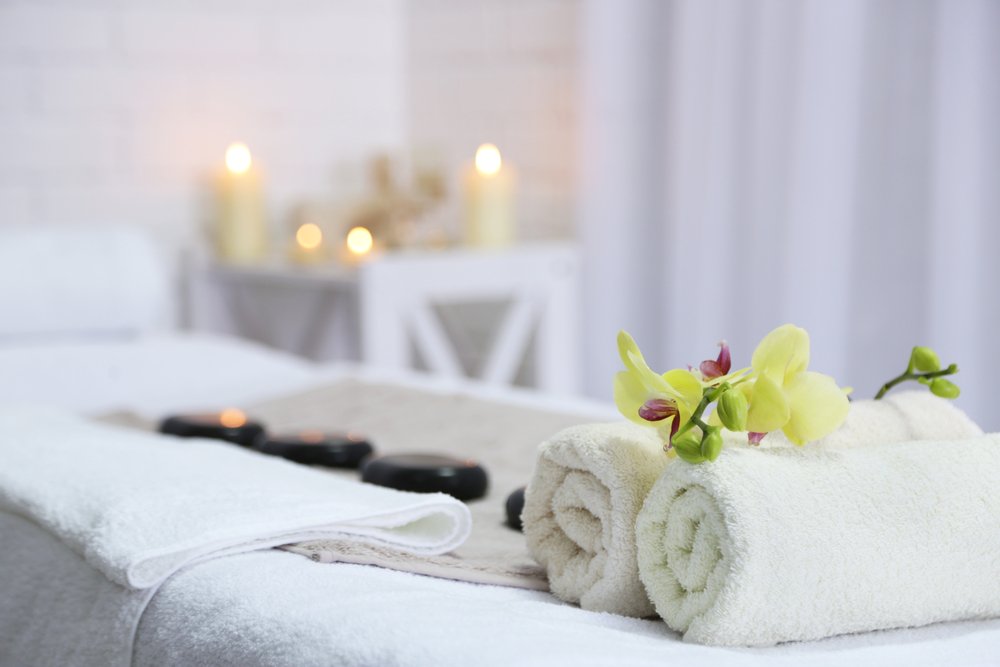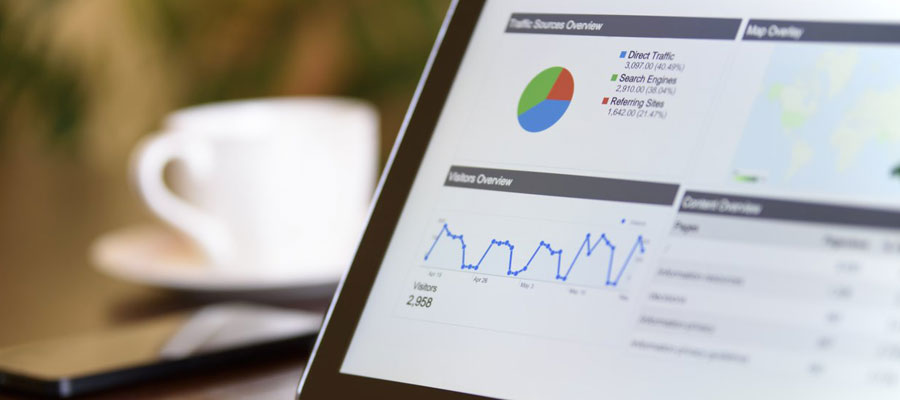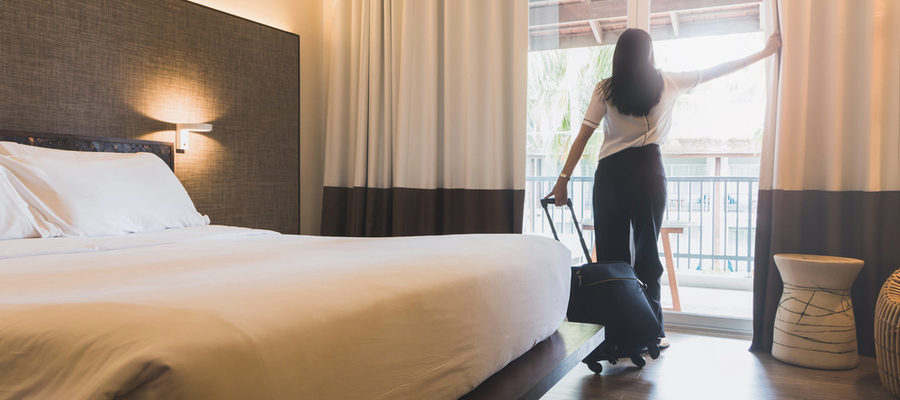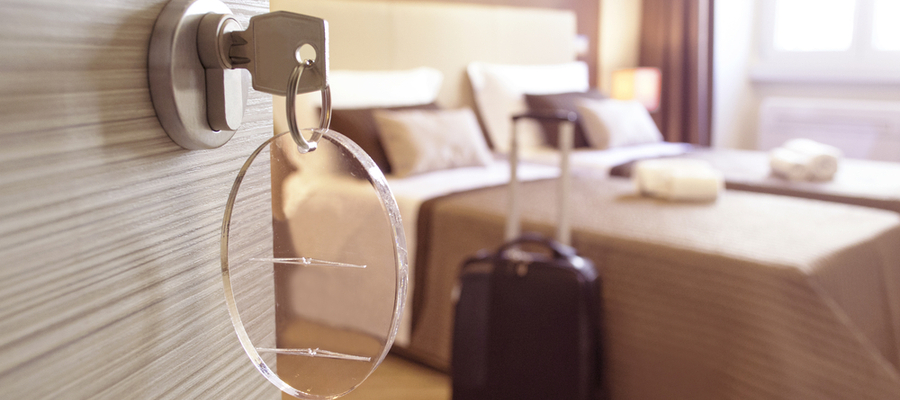When it comes to the hospitality industry, the customer is king. As a hotel manager, you already know the importance of getting to know your guests. But collecting information isn’t enough. You must also translate it into activities that encourage repeat guests and new ones as well. Research shows that customizing a guest’s experience can lead to increased customer spending of up to 140%!
Here are five data points you can use to understand your guests’ desires along with ways to turn that information into a plan of action that will boost your bottom line.
Email Address

This may seem like an obvious one, but a guest’s email address is a crucial line of communication.
How to get it: Usually, the email address automatically comes with a booking. However, if guests are using OTAs to reserve rooms, these agencies won’t always pass along contact information. If this is the case, ask for it when guests check in or check out.
How to use it: Besides sending your guests booking confirmations or updates regarding an upcoming stay, you can send personalized emails highlighting promotions that will keep your brand top of mind for customers. You can also collect feedback via a post-stay survey.
Demographics
Knowing the age, gender and home location of your guests is necessary for creating robust profiles.
How to get it: Ask guests during bookings or through surveys if they’d like to share their information. But thanks to the wonders of social media, you can also learn this information online by viewing the accounts of guests who “like” your Facebook page or who follow your company’s Twitter account. Be sure to store these details in your property management system (PMS) for reference later. As with any personal information gathering, make it clear that you’ll never share guests’ private details with third parties.
How to use it: If you have many out-of-town guests, you can let them know about interesting attractions in the area. Or if several of your customers have families, you can highlight child-friendly amenities such as a pool, babysitting service or children’s dining menu.
Booking History

Regularly analyzing the frequency, timing and duration of visits will allow you to understand the “when” behind guest habits.
How to get it: You should already have this data in your booking system. In order to get both an individual and macro view, ensure your booking system is integrated with your PMS.
How to use it: Your PMS will help you create reports of booking data that you can work into your management strategies. For instance, you can create models as to what your future traffic might be like based on past trends, which will also support targeted email campaigns during strategic times of the year. Plus, you’ll be able to identify and cater to those A-list guests who regularly use your hotel.
Preferences and Special Requests
Here’s where you get into the nitty-gritty of your guests’ needs.
How to get it: You’ll likely have this information on record already since your hotel might offer guests a variety of choices: room type and size, window views, smoking vs. non-smoking sections. Guests might also have special requests: late check-outs, allergies or dietary restrictions. As you collect this information before and during a guest’s stay, make sure to record it in your PMS.
How to use it: You can personalize a guest’s stay when they return. For example, you’ll know to remove peanuts from the bar of an allergic guest’s room before they arrive. You can also use your PMS to analyze overall data. If, for instance, more than 10% of your guests are vegan, consider adding more vegan-friendly dishes to your in-room dining menu.
Reason for Travel

Of course, business travellers have different needs than leisure travellers.
How to get it: Include this question in your booking questionnaire or post-stay survey. Alternatively, have front desk agents inquire during a guest’s check-in.
How to use it: This important piece of data helps you understand whether your property’s amenities are best serving your audience. For example, if more of your guests are visiting for business purposes, you may choose to improve WiFi connections, offer features such as printers in your business centre or arrange earlier hours for concierge service. Conversely, if you’re serving more leisure travellers, let them know about leisure-oriented activities (e.g. spas, galleries) on your property or in town.
Through technology and the growing availability of guest data, guest relations has become a proactive game. Whether you’re tailoring a visit for one particular customer or shaping your hotel’s offerings and amenities, these data points will help you provide memorable, personalized experiences that will encourage your guests to return.
Photos: Stocksnap.io, Adrianna Calvo, dotshock / Shutterstock.com, Africa Studio / Shutterstock.com




